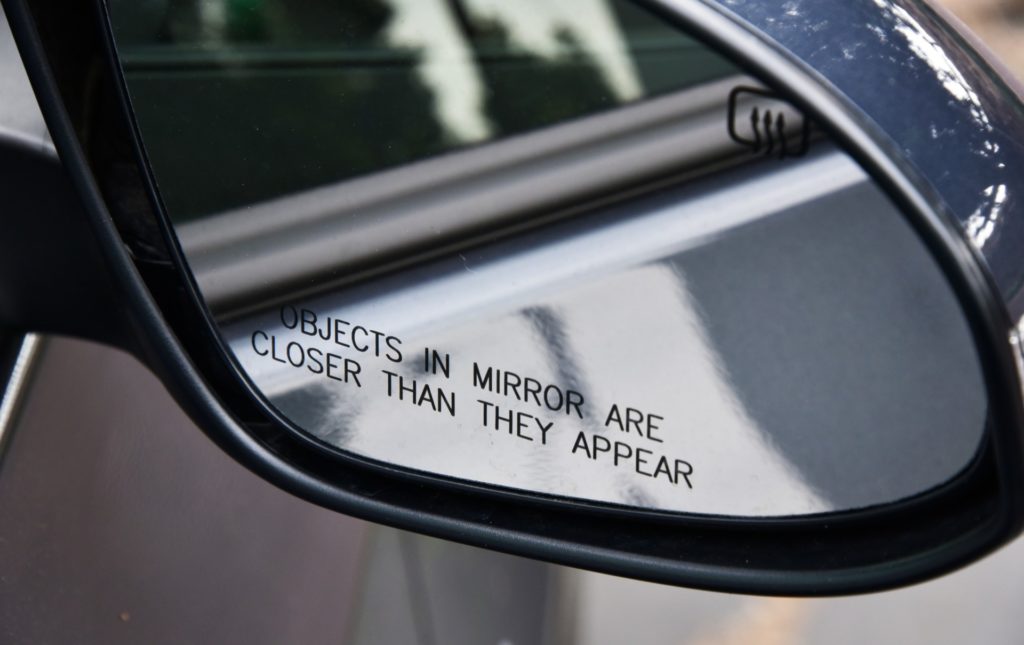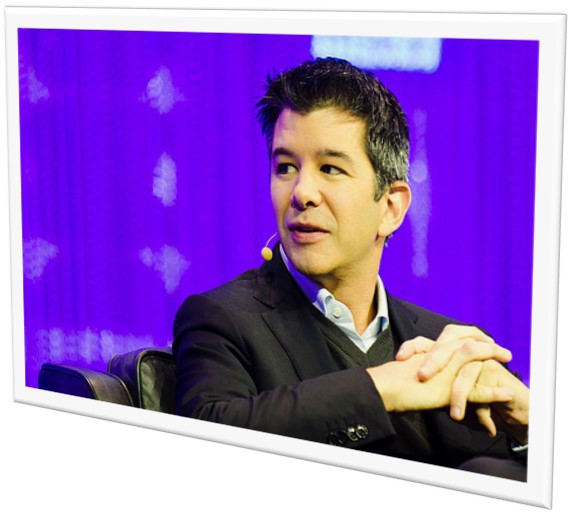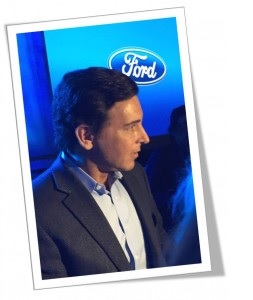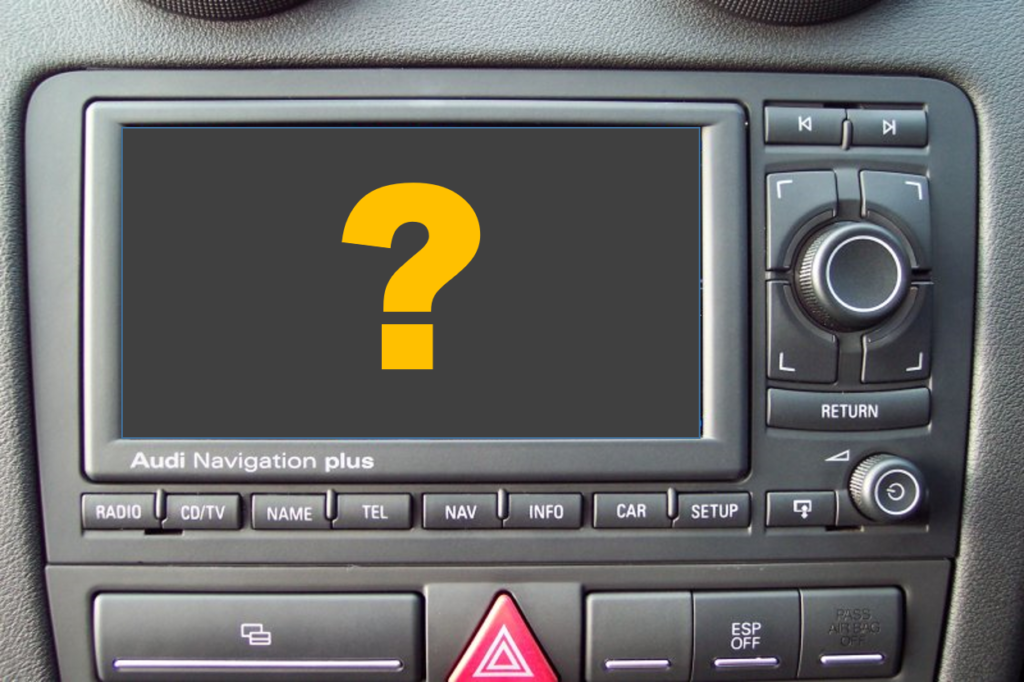 One of the recurring topics in this blog during the past year has been the autonomous car. Since the invention of the assembly line by Henry Ford just over a century ago, things haven’t moved this quickly in the automotive world.
One of the recurring topics in this blog during the past year has been the autonomous car. Since the invention of the assembly line by Henry Ford just over a century ago, things haven’t moved this quickly in the automotive world.
And that’s the point with this new technology that automakers, shared ride services, and technology giants are all feverishly working to bring to market. Autonomous driving continues to move closer to reality, and for the radio business, there is a great degree of uncertainty.
Whether it’s Google, Uber, or any number of automobile manufacturers, there are billions of dollars being poured into this technology. Last week, Ford announced a self-driving car by 2021, with no steering wheel or a gas or brake pedal. These cars are limited to shared rides (for now) and not for individual ownership. But the key is that we’re now talking about five very short years into the future for cars without drivers to hit the road.
And when it comes to taking shared mobility to the next level, look no further than a new Uber initiative. Going up against their competitor, Lyft, Uber announced an autonomous initiative in Pittsburgh using Ford Fusions with human backup drivers (for now).

Uber also announced the purchase of the startup Otto which retrofits semi-trucks to make driverless cross-country trips. Founded by two Google geniuses, Otto is another example of the creative ways companies are thinking about the self-driving opportunity, and how it can translate to commerce and economic savings.
How big a deal is autonomous to the shared mobility space? Uber CEO Travis Kalanick describes it this way:
“This is everything. This is all the marbles for Uber.”
Those are heavy words, and they summarize just how much is riding on self-driving cars to define transportation’s future. While many Americans are skeptical about autonomous cars, this technology will become a reality for consumers of all stripes, from seniors to those with special needs. And for a generation of Millennials (and their little Gen Z brothers and sisters) who already have less interest in automobile ownership and even getting a driver’s license, autonomous is tailor-made for their lifestyles. For the millions of consumers who would rather be online than behind the wheel, self-driving cars figure to be a game changer.

There is much debate in automotive circles about the implication of this technology on how consumers will spend their newly defined time on the road. At CES last year, we interviewed a number of auto execs on just this topic. And the jury was out, largely because they simply don’t know precisely what the “driving” experience will be like on roads populated with these vehicles.
Some of the automotive mavens we spoke to were skeptical and uncertain about the freedom to read a book, return email or watch videos while in these cars. But in a recent interview with the BBC, Ford CEO Mark Fields spoke more definitively about how life in autonomous vehicles will change the media game:
“As you can imagine, the experience inside a vehicle where you don’t have to take control changes everything. Whether you want to do work, whether you want entertainment… those are the types of things we are thinking about as we design the experience for this type of autonomous vehicle.”
One thing is certain. The automotive industry is giving this more thought than the radio industry is, even though the latter may have much more to lose. Because while these vehicles may not be equipped with a steering wheel or pedals, the question of whether they’ll have AM/FM radios as standard equipment is an unknown.
How will automotive companies conceive the entertainment experience in autonomous cars? As these vehicles provide more freedom to passengers, will that extend to media that is now standard equipment in cars? Will autonomous car makers simply let “drivers” customize their media and entertainment content in vehicles that provide a large degree of freedom?
For those of us Baby Boomers working in the radio business, none of this will likely matter. While no one is confident enough to chart out a timeline, if autonomous cars for shared mobility becomes a reality by 2021, this technology could hit mainstream American roads five years after that.
So while for some of us 2026 seems likely light years away, if you’re in your twenties and thirties in radio, the reality of autonomous cars will be here before you know it. And as broadcast radio ownership will most certainly diminish on the homefront and in the workplace, the dashboard will only become a more important location lynchpin for the radio business.
So the radio broadcasting industry still has the opportunity to make its voice heard in automotive circles. It still has the ability to share its research with the auto industry, whether it’s through lobbying or simply making important connections with key players in the automotive space. It can most certainly share the stories of loyalty and love that millions of consumers can tell about the importance of AM/FM radio during commutes, family trips, and other driving experiences.
 And on the other side, using the next decade to invest in content and distribution should be a radio imperative. While radio broadcasters cannot match the heavy expenditures being made by automotive companies and other technology giants vying to make autonomous a success, ensuring that radio’s programming content is available on myriad devices at the touch of a button will be money well-spent, not just for cars but for all the ways in which the consumer mindset is migrating to other gadgets, devices, and platforms.
And on the other side, using the next decade to invest in content and distribution should be a radio imperative. While radio broadcasters cannot match the heavy expenditures being made by automotive companies and other technology giants vying to make autonomous a success, ensuring that radio’s programming content is available on myriad devices at the touch of a button will be money well-spent, not just for cars but for all the ways in which the consumer mindset is migrating to other gadgets, devices, and platforms.
There are many who believe the challenge for radio today isn’t that much different from what the industry faced when television came to market in the 1950s. But back then, radio was still the only audio game in town, installed in every assembly in line throughout the world. Back then, it was a content problem, not a distribution problem. In the world of autonomous cars, radio may be up against a challenge that pushes both ends of the spectrum.
Today, the auto companies are shredding the rule book, creating vehicles and driving experiences the likes of which we’ve never imagined. The dashboard real estate is up for grabs, a less defined space than in the days when the Model T was rolling off assembly lines in Detroit. When it comes to self-driving cars, whether for shared rides or personal ownership, all bets are off.
Radio needs to be along for this ride.
Understanding the Connected Car Webinar
Fred Jacobs recently hosted a webinar called “Understanding the Connected Car: An Introduction for Radio Broadcasters.”
- What To Do If Your Radio Station Goes Through A Midlife Crisis - April 25, 2025
- A 2020 Lesson?It Could All Be Gone In A Flash - April 24, 2025
- How AI Can Give Radio Personalities More…PERSONALITY - April 23, 2025




O, c’mon, Fred! Deleting the radio would just be spiteful – and foolish. We all understand that the CAR is the ONLY place we can reliably FIND the radio these days! Getting radio reception in your house is getting as dodgy as getting indoor cellular reception! The car! The car! My kingdom for a car radio! You’ll rip the radio from my dashboard after you pry my cold dead fingers off the knobs. Yeah, I know. What knobs?
Roger, I hope this post didn’t upset your in-car equilibrium. The good news is that your BMW still receives WTOP and WAMU. Enjoy the Beltway!